How to Determine Which Arena Footing is Good and Safe for Your Horse
For a competitive rider, footing not only makes an impact on your performance, but also the soundness of your horse. Do you know if your riding surface is safe for your horse? In part one of this article, we take a look at how you can determine the quality of your arena footing for your riding discipline.
The good news is, stress on the fore limbs and hocks can be reduced by riding on horse arena footing designed to minimize concussive force. Many studies have shown that sand alone has a lower damping capacity than synthetic surfaces. In addition to crushed sand, synthetic arena footings have a greater damping capacity and provide a lower peak impact than turf and dirt.
What to Look For in Footing
The perfect horse arena footing is a surface with medium shear strength. This allows the toe to penetrate into the horse arena footing while giving enough stability for the hoof to push off from the cushioned surface. You can check the horse’s hoof imprints in the surface to evaluate the impressions.
This photo shows good hoof impressions with nice toe break over.

Measure the depth of your arena footing at the toe impression of the hoof imprint. There should be at least one inch of footing below the toe impression. If you cannot measure any surface depth and you hit hard ground, your horse is pushing through the sand layer, landing right on the base with his toe. Over time, this will cause extreme soundness issues. Do NOT jump on this type of arena footing.
The below photo shows the landing after a jump and how much force the arena footing needs to absorb.
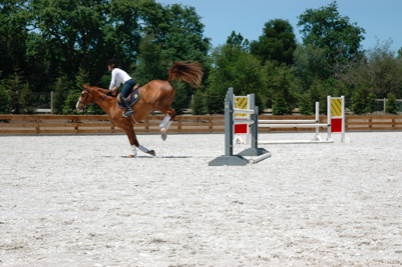
Please note: In this article, we are discussing the evaluation of training surfaces for daily repetitive training work outs and give our recommendations for improvement. We always encourage our clients to cross train their horses on trails and turf to strengthen the ligaments. Contact us to learn more.
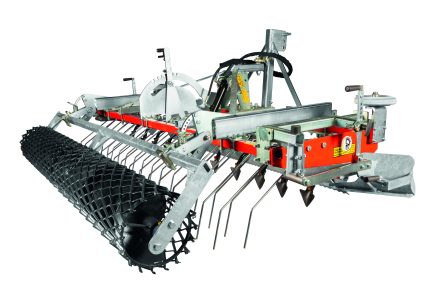
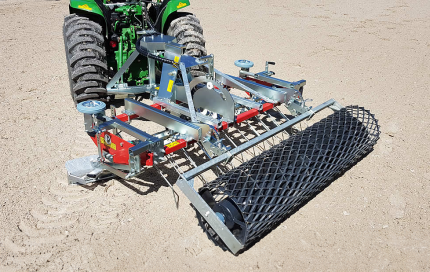
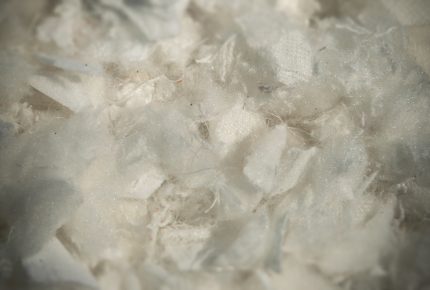
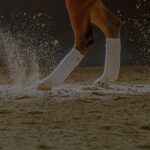 Geotextile Arena Footing
Geotextile Arena Footing Subsurface Irrigation
Subsurface Irrigation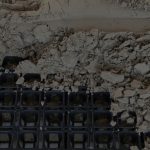 Arena Base Systems
Arena Base Systems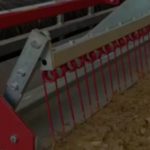 Arena Drags & Groomers
Arena Drags & Groomers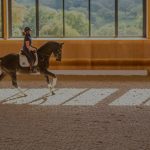 Mirrors and Kickwall
Mirrors and Kickwall Horse Wellness
Horse Wellness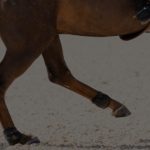 Dust Control
Dust Control